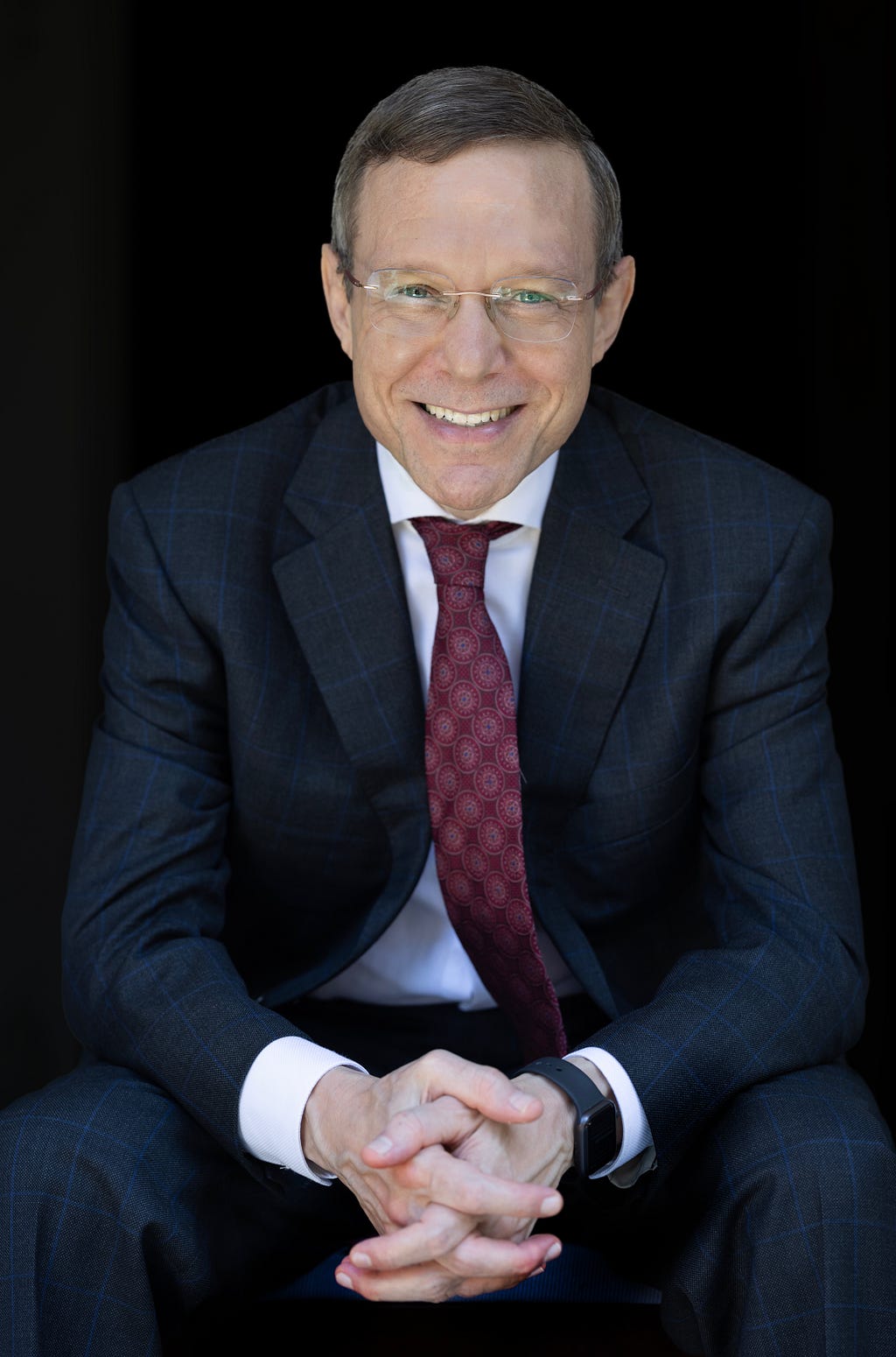
The alarming news from the recent DESI data on the expansion of the Universe is that the energy density of the vacuum might not have been constant over the past ten billion years.
Stability has its virtues. Right now, life is fun under the Sun. But even as the Sun will die in 7.6 billion years, the most abundant dwarf stars will continue to serve as nuclear furnaces for habitable-zone planets over the upcoming trillions of years. Our descendants could therefore relocate and live comfortably in new natural habitats. Is there any reason for concern?
An often-unrecognized sobering truth is that our biggest existential threat for the long-term future involves vacuum decay. Dark energy makes 70% of the mass budget in the present-day Universe. If the vacuum has a lower energy state, as expected in quantum theories of gravity, then a bubble of this lower state may nucleate spontaneously. The energy gain within the bubble scales as its volume, whereas the energy loss in its surface tension scales as the area. The volume to surface ratio grows with increasing bubble size. This implies that a low-energy bubble which is spontaneously nucleated above some critical size, will grow and release energy like a burning front in gunpowder. As a result of the energy release, the wall of the bubble will accelerate and its speed will eventually reach the speed of light. As the lower-energy bubble expands, it could destroy all elementary particles in our familiar vacuum as they might not exist in the new vacuum state of quantum gravity. This poses an existential risk to everything we love and cherish in the present-day Universe.
Should we lose any sleep on this possible cosmic doomsday?
There is a good reason for concern. We can mitigate the existential risk from giant asteroid impacts by deflecting the trajectories of Chicxulub-like impactors of the scale that killed non-avian dinosaurs 66 million years ago. We can mitigate the existential risk from artificial intelligence by establishing new policies about its use, in the same way that Cold War treaties and early warning systems reduced the risk of a global nuclear war over the past 80 years after nuclear bombs were dropped on Hiroshima and Nagasaki. However, we cannot design an early warning system for a low-energy vacuum bubble approaching us. If the bubble wall propagates at the speed of light, it will hit us instantly. No precursor signal is possible because the speed of light is the ultimate speed limit in the cosmic highway. If a lower-energy vacuum bubble will engulf our descendants within the next ten billion years, they will be doomed to die. Ashes to ashes (of dark energy), dust to dust (of dark energy). No memory left of everything surrounding us today.
Is there a way out to preserve humanity?
As I showed in a 2001 paper, distant galaxies will eventually recede from the Milky-Way faster than light as a result of the accelerated expansion of the Universe. In a 2015 paper, the physicist Ashoke Sen pointed out that some of our descendants could survive a vacuum bubble catastrophe by riding the current accelerated cosmic expansion out of our cosmic horizon. Humanity can send astronauts to distant galaxies that will be carried by the accelerated expansion out of our cosmic horizon. After their exit, they will be separated from the Milky-Way faster than light. This means that if a catastrophic bubble hits the Milky-Way within the upcoming tens of billions of years, the galaxy they inhabit could avoid it. The bubble wall will only move at the speed of light and never catch up with that galaxy as the galaxy gets separated from it faster than light within the galaxy’s vacuum state.
In that case, our descendants could flourish near dwarf stars in that distant galaxy for trillions of years to come. Conversely, if a bubble hits their galaxy, then it will never endanger our descendants who chose to stay in the Milky-Way.
Call it cosmic Russian-roulette. You choose your cosmic horizon and hope that a lower-vacuum bubble will never kill you there.
ABOUT THE AUTHOR

Avi Loeb is the head of the Galileo Project, founding director of Harvard University’s — Black Hole Initiative, director of the Institute for Theory and Computation at the Harvard-Smithsonian Center for Astrophysics, and the former chair of the astronomy department at Harvard University (2011–2020). He is a former member of the President’s Council of Advisors on Science and Technology and a former chair of the Board on Physics and Astronomy of the National Academies. He is the bestselling author of “Extraterrestrial: The First Sign of Intelligent Life Beyond Earth” and a co-author of the textbook “Life in the Cosmos”, both published in 2021. The paperback edition of his new book, titled “Interstellar”, was published in August 2024.